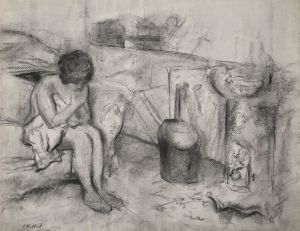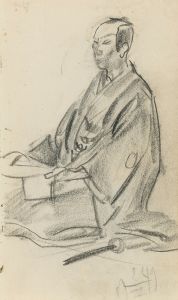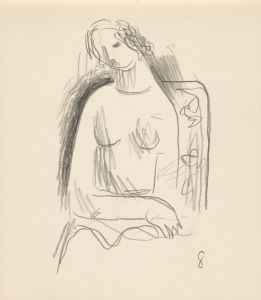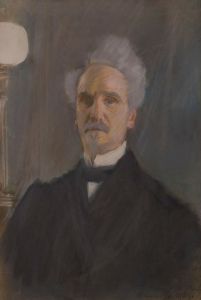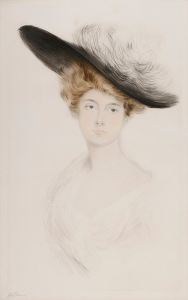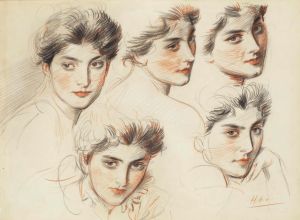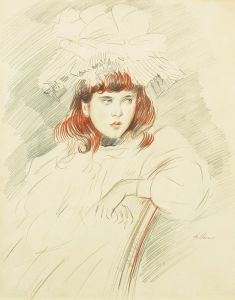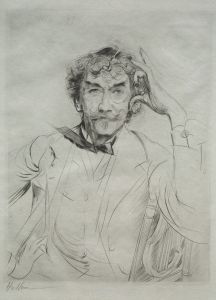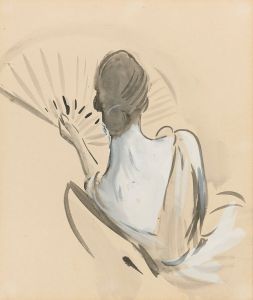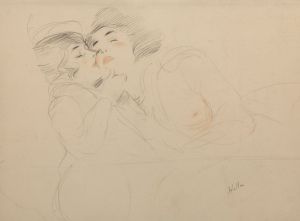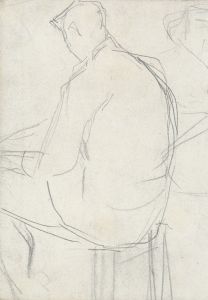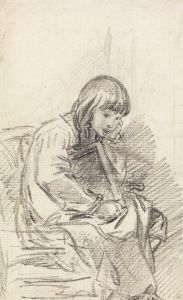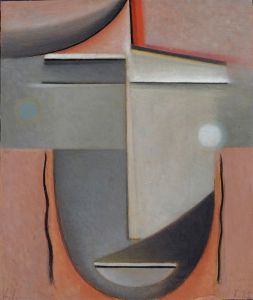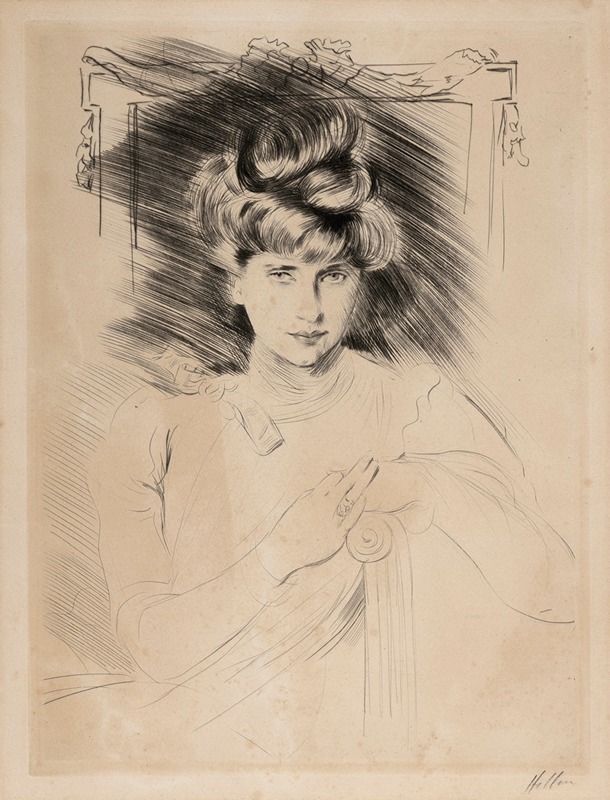
Portrait de femme assise de face
A hand-painted replica of Paul César Helleu’s masterpiece Portrait de femme assise de face, meticulously crafted by professional artists to capture the true essence of the original. Each piece is created with museum-quality canvas and rare mineral pigments, carefully painted by experienced artists with delicate brushstrokes and rich, layered colors to perfectly recreate the texture of the original artwork. Unlike machine-printed reproductions, this hand-painted version brings the painting to life, infused with the artist’s emotions and skill in every stroke. Whether for personal collection or home decoration, it instantly elevates the artistic atmosphere of any space.
Paul César Helleu was a renowned French artist known for his elegant portraits of society women during the Belle Époque period. One of his notable works is "Portrait de femme assise de face," which translates to "Portrait of a Woman Seated Facing Forward." This artwork exemplifies Helleu's mastery in capturing the grace and sophistication of his subjects, often women from the upper echelons of society.
Helleu was born on December 17, 1859, in Vannes, France. He studied at the École des Beaux-Arts in Paris under the tutelage of Jean-Léon Gérôme, a prominent academic painter. Helleu's career flourished in the late 19th and early 20th centuries, a time when Paris was the epicenter of art and culture. He became well-known for his portraits, which were characterized by their delicate lines and the use of drypoint, a printmaking technique that allowed for fine detail and subtle tonal variations.
"Portrait de femme assise de face" is a testament to Helleu's skill in drypoint etching. This technique involves incising an image onto a plate with a hard-pointed needle, creating a design that can be inked and printed. Helleu's use of drypoint allowed him to achieve a softness and fluidity in his lines, capturing the elegance and poise of his subjects with remarkable precision.
The subject of "Portrait de femme assise de face" is depicted with a serene and composed demeanor, seated and facing the viewer directly. This frontal pose is somewhat atypical for Helleu, who often portrayed his subjects in profile or three-quarter views. The woman's attire and hairstyle reflect the fashion of the time, emphasizing the luxurious and refined aesthetic that Helleu's patrons favored.
Helleu's portraits were highly sought after by the elite of Parisian society, and he counted among his friends and patrons figures such as Marcel Proust and Coco Chanel. His ability to capture the essence of his subjects made him a favorite among the fashionable circles of the Belle Époque. Helleu's work was not limited to portraits; he also created decorative panels, murals, and even designed the ceiling of Grand Central Terminal in New York City.
Despite his success, Helleu remained somewhat modest about his achievements. He was known for his charming personality and his dedication to his craft. His works continue to be celebrated for their elegance and technical mastery, and they offer a glimpse into the opulent world of the Belle Époque.
"Portrait de femme assise de face" is a fine example of Helleu's artistry, showcasing his ability to blend technical skill with an intuitive understanding of his subjects' personalities. Today, his works are held in high regard and can be found in various museums and private collections around the world, serving as a testament to the enduring appeal of his art.
Paul César Helleu passed away on March 23, 1927, in Paris, leaving behind a legacy of exquisite portraits that continue to captivate audiences with their beauty and sophistication. His contributions to the art world remain significant, and his portraits are celebrated for their timeless elegance and insight into the fashionable society of his era.





